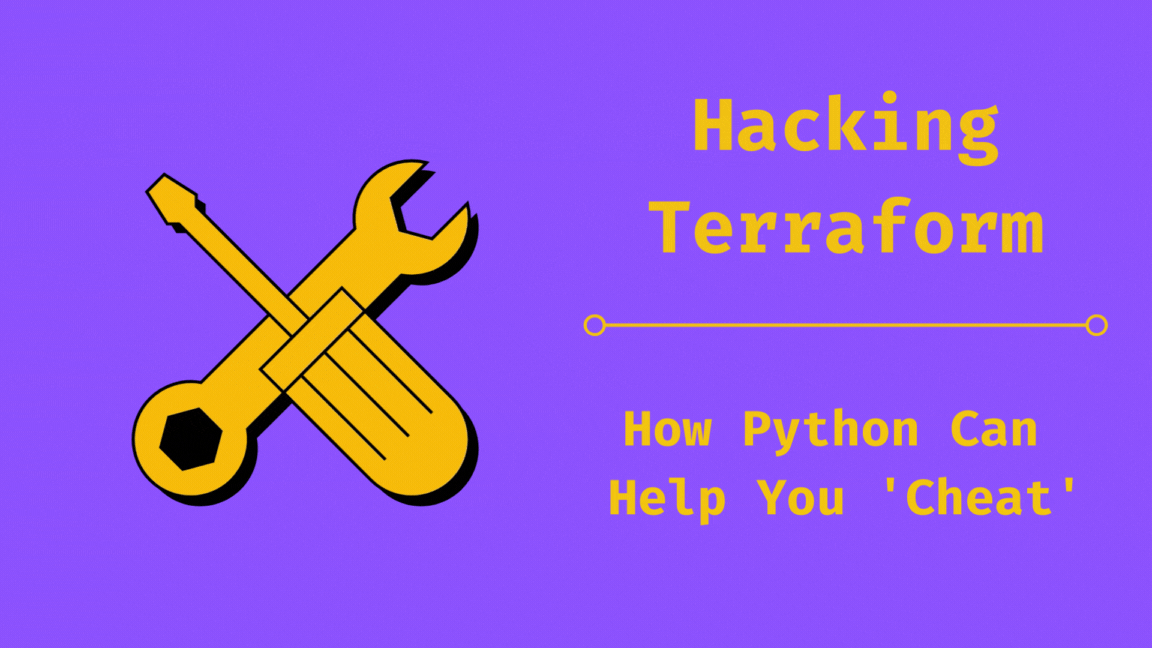Linux: Mount Remote Directories With SSHFS
The Secure Shell (SSH) isn’t just about allowing you to remote into servers to tackle admin tasks. Thanks to this secure networking protocol, you can also mount remote directories with the help of the SSH File System (SSHF). SSHFS uses SFTP (SSH File Transfer Protocol) to mount remote directories to a local machine using secure encryption, which means the connection is far more secure than your standard FTP. As well, once a remote directory is mounted, it can be used as if it was on the local machine. Consider SSHFS to be a more secure way of creating network shares, the only difference is you have to have SSHFS installed on any machine that needs to connect to the share (whereas with Samba, you only have to have it installed on the machine hosting the share). Let’s walk through the process of getting SSHFS up and running, so you can securely mount remote directories to your local machine. What You’ll Need To make this work, you’ll need at least two Linux machines. These machines can be Ubuntu or Fedora-based, because SSHFS is found in the standard repositories for most Linux distributions. You’ll also need a user with Continue reading







